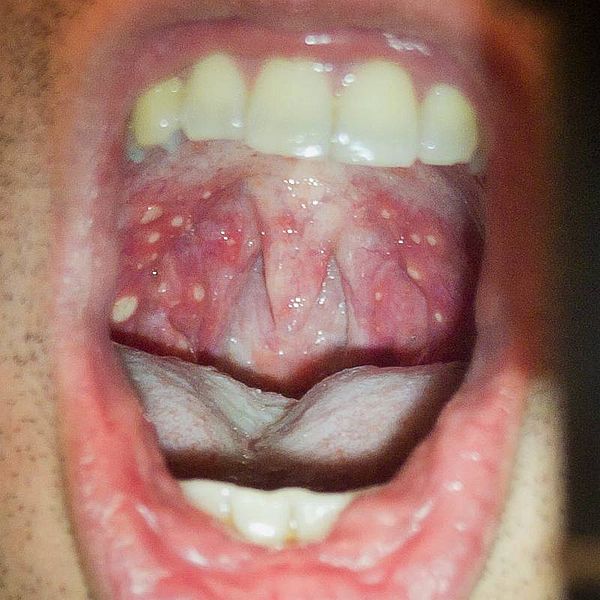The Centre for Health Protection (CHP) of the Department of Health is today investigating an outbreak of hand, foot and mouth disease (HFMD) at a primary school in Kowloon Tong, and hence appealed to the public to maintain strict personal and environmental hygiene.

Public domain image/shawn c
The 21 affected pupils, 16 boys and five girls aged from 6 to 10, have developed fever, rash on their hands and feet, as well as oral ulcers, since October 23. Among them, 20 sought medical attention and none required hospitalization. All are now in a stable condition.
The stool specimen of one affected student tested positive for enterovirus (EV) by the CHP’s Public Health Laboratory Services Branch.
Officers of the CHP have conducted a site visit and advised the staff of the school on necessary infection control and preventive measures. The school has been put under medical surveillance. Investigations are ongoing.
“HFMD is common in children and is usually caused by EVs such as Coxsackie virus and EV71. It is clinically characterized by maculopapular rash or vesicular lesions occurring on the palms, soles and other parts of the body such as the buttocks and thighs. Vesicular lesions and ulcers may also be found in the oral cavity. Sometimes patients present mainly with painful ulcers at the back of the mouth, namely herpangina, without rash on the hands or feet,” a spokesman for the CHP said.
As of 10 October, a total of 646 hospital admissions of HFMD have been reported in Hong Kong in 2015, more than double what was seen during the same period in 2014 (297).


One thought on “Hong Kong investigate HFMD in Kowloon Tong school, Hospital admission double compared to 2014”